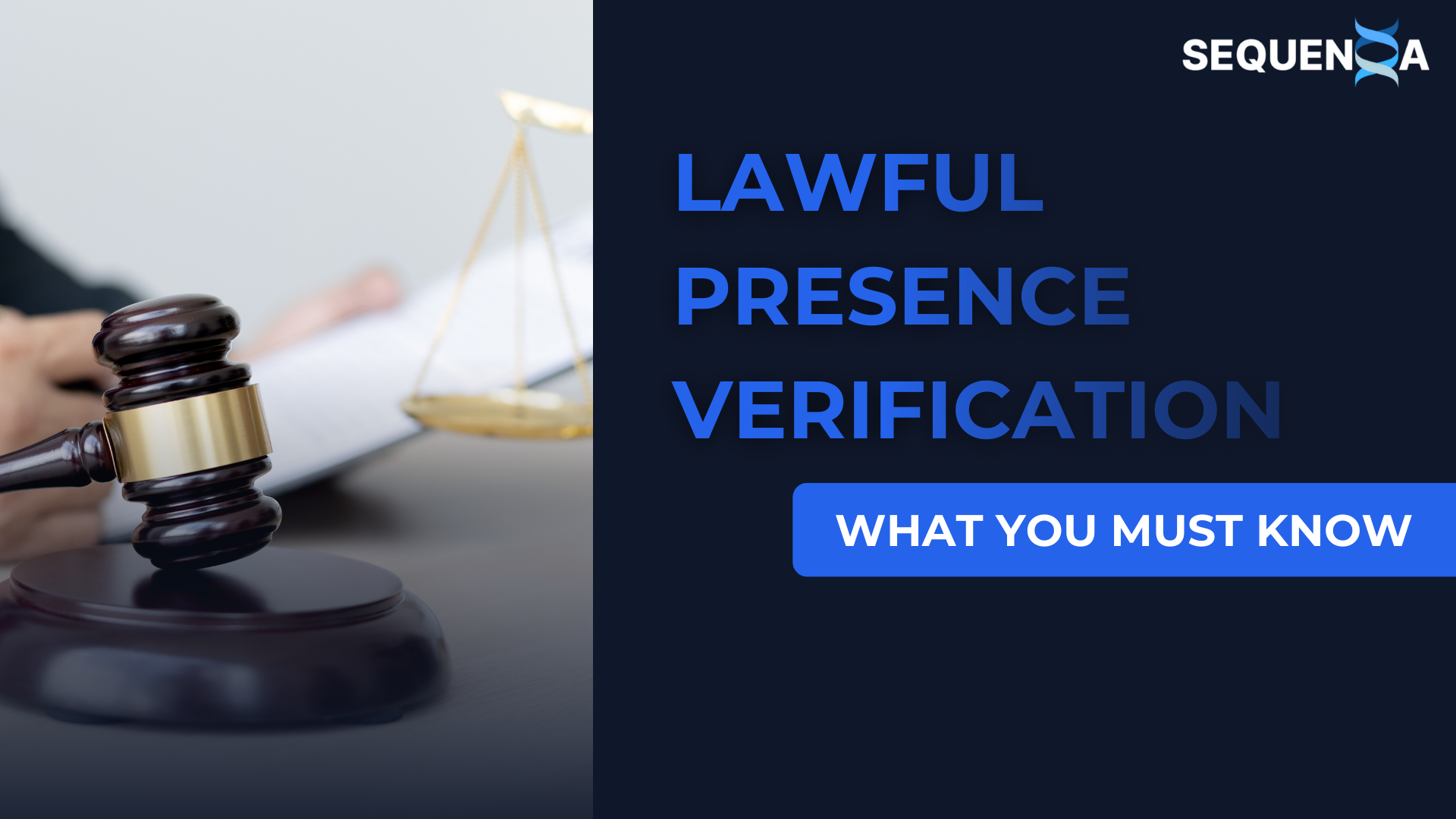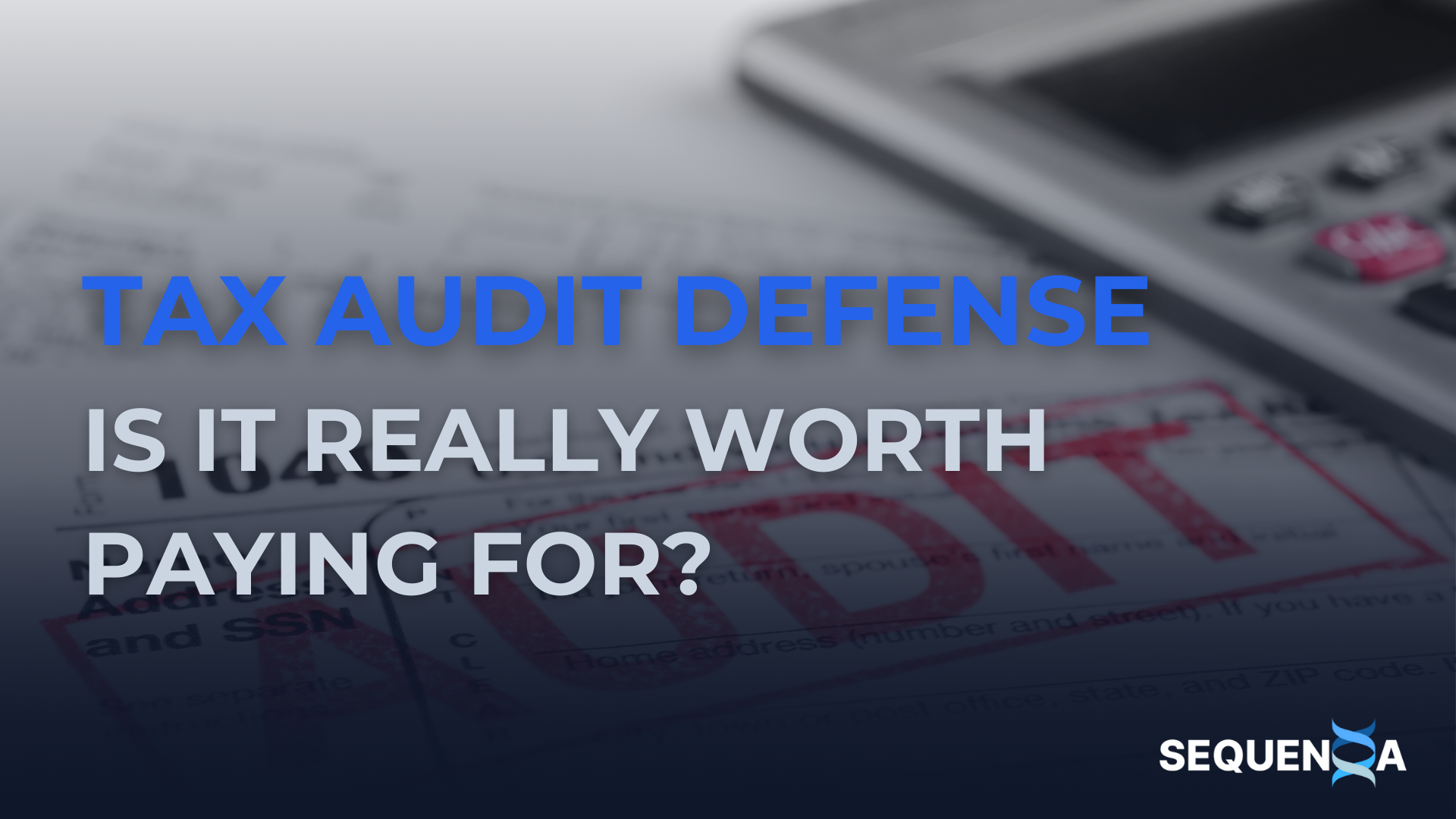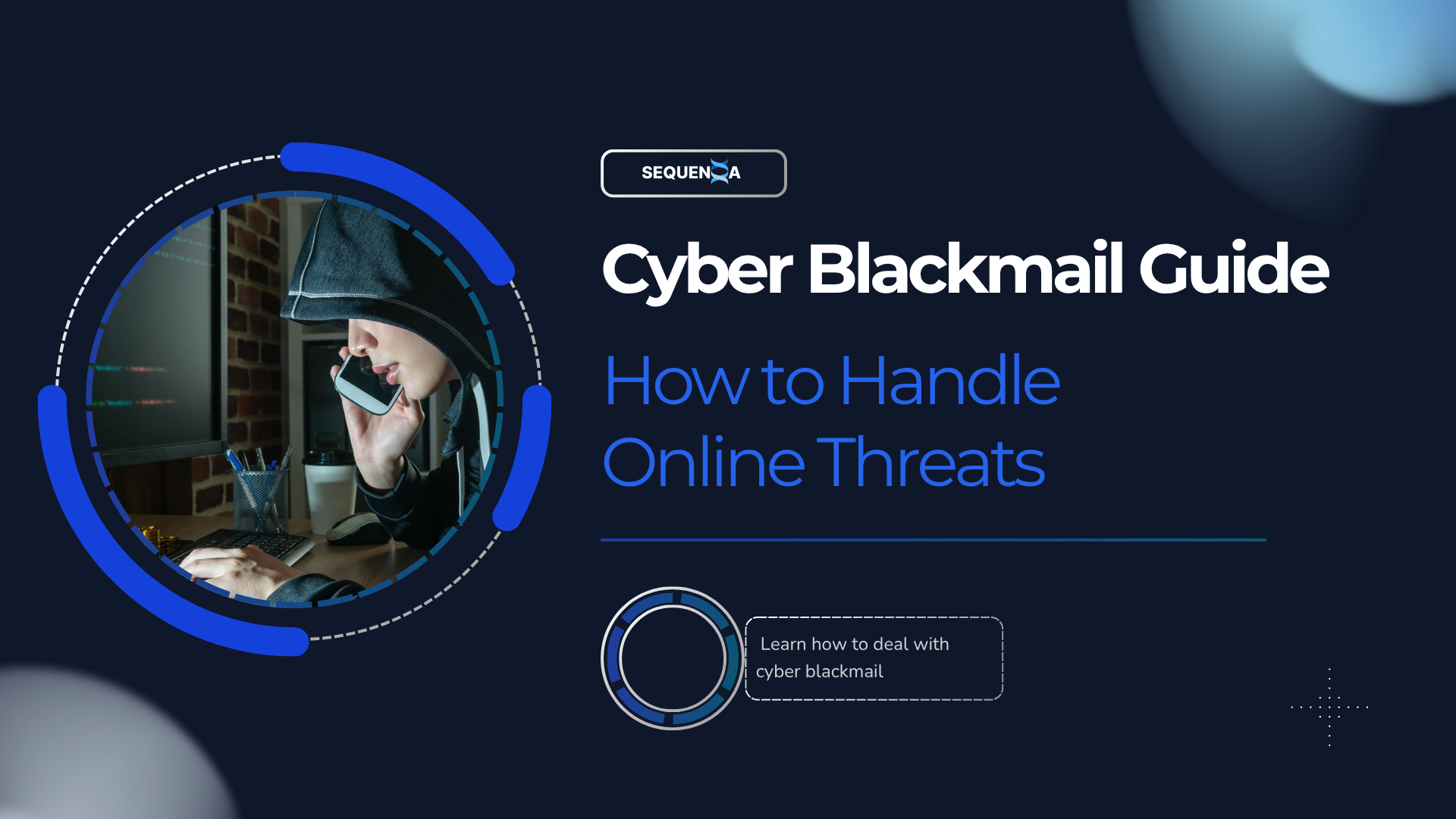Lawful Presence Verification: What You Must Know

If you're applying for a driver's license, financial aid, or a new job, proving your lawful presence in the United States is often non-negotiable. Yet, countless individuals encounter avoidable rejections and delays, simply because they didn’t fully understand what qualifies as lawful presence or how to prove it.
This guide breaks down the concept and legal requirements of lawful presence. You’ll discover what is lawful presence, what lawful status looks like, what lawful presence documents you’ll need, and how to navigate DMV legal presence rules, including what it means when your lawful presence verification is complete. We’ll also explore legal presence meaning in government contexts and help you avoid the most common pitfalls in the process.
What Is Lawful Presence and Why It’s Crucial for Access
Lawful presence determines your eligibility to access nearly every official service in the U.S., from driving to working. It means you are physically and legally allowed to be in the U.S. under federal immigration laws, whether as a citizen, permanent resident, or visa holder.
Eligibility for Government Services
Lawful presence is required for Social Security benefits, healthcare, education, and even housing programs. Agencies must verify that applicants are legally in the U.S. before approving any benefits.
Driver’s Licenses and IDs
Most state DMVs now mandate verification of lawful presence status before issuing a license or ID. No matter how long you’ve been in the U.S., without proof of lawful presence, your DMV application will likely be denied.
Legal Employment
Employers must ensure each hire is legally present in the country. Form I-9 and E-Verify systems rely on proof of U.S. citizenship or lawful presence.
Security and Record Matching
Your lawful presence status affects how your records are matched across government systems, from the IRS to Homeland Security. Incorrect or missing info can lead to delays or penalties.
Example: A DACA recipient with an expired Employment Authorization Document (EAD) was denied license renewal because the DMV could not verify her current lawful presence, even though her status was under review.
Wondering if you qualify for key government benefits? Verify your eligibility in minutes with Sequenxa for Government
Your Proof of Lawful Presence: Documents That Matter
To prove you're lawfully present, you must submit specific legal presence documents. Without the correct paperwork, your application could stall or get rejected altogether. The type of documentation required depends on your status: U.S. citizen, permanent resident, or nonimmigrant.
Most Common Lawful Presence Documents
U.S. Passport (unexpired): The gold standard for proving U.S. citizenship. Accepted in nearly every government process.
U.S. Birth Certificate: Used by citizens born in the U.S. Must be a certified copy with a raised seal or watermark.
Permanent Resident Card (Green Card): This is the primary document for lawful permanent residents, proving both legal presence and identity.
Employment Authorization Document (EAD): Used by many non-citizens including DACA recipients, as well as asylum seekers and TPS holders.
Valid Visa + I-94 Form: Nonimmigrant visa holders (F-1, H-1B, B-2, etc.) need both an active visa and a current I-94 arrival/departure record.
Certificate of Naturalization or Citizenship: Used by naturalized citizens as definitive proof of US citizenship or lawful presence.
Did you know? In California alone, 1 in 3 first-time DMV applicants is flagged for secondary review due to incomplete or incorrect proof of legal presence (DMVStats, 2023).
“If your name doesn’t exactly match across all documents, even a valid status can be flagged during automated verification.”
Which document has caused you the most confusion or delay when proving your legal presence?
What Does It Mean When Lawful Presence Verification Is Complete?
Seeing “lawful presence verification complete” on a DMV or benefits portal is a good sign, but it’s not always well understood. It means your information has successfully passed through federal data checks and no further action is required, unless your documents expire.
Data Match in SAVE System
Your records are matched against the Systematic Alien Verification for Entitlements (SAVE), a DHS-run database. A successful match means your identity and lawful status are confirmed.
Authentication of Documents
Documents such as a passport, visa, green card, or EAD are cross-verified for authenticity and expiration dates.
No Red Flags or Discrepancies
If everything aligns, your name, document number, expiration date, you’ll get a “verification complete” status.
If verification fails, the DMV or agency will often request additional documentation, leading to delays or denials.
“That ‘verification complete’ message isn’t just a status update, it’s your key to unlocking services like licensing, employment, and healthcare.”
Heading to the DMV soon? Run a Sequenxa pre-check and skip secondary review
DMV Legal Presence Checks: What You Need to Know
Whether you’re a new resident or renewing your license, dmv legal presence checks are essential. Each state has slightly different rules, but all require proof of lawful presence.
How the Legal Presence Unit DMV Evaluates Applications
Document Validity and Type: Only unexpired, original documents are accepted. Photocopies or expired EADs will result in rejection.
Electronic Data Validation: States connect to SAVE or USCIS to validate that your lawful presence documents are legitimate.
Name and Date of Birth Consistency: The legal presence unit DMV checks if your documents show matching personal information across all IDs.
Length of Stay or Visa Expiry: For non-citizens, DMV may issue a temporary license based on visa end date.
Did you know? 82% of DMV legal presence rejections in Texas occurred because applicants failed to update their name after marriage or legal changes (TXDMV Annual Report, 2023).
Have you double-checked your name and birth date on all your identity documents before your DMV visit?
Legal Presence Meaning vs. Lawful Status: Know the Difference
Understanding the subtle but important distinction between legal presence and lawful status can save you from misfiling or failing a verification check.
Legal Presence
Refers to whether you are physically present in the U.S. under immigration laws. It's what government entities like the DMV care about.
Lawful Status
Refers to the specific type of immigration permission you hold, such as a visa category, green card, or refugee designation.
Duration Matters
You can be legally present with an expired visa if you’ve filed for an extension, but may not be in lawful status during that review.
“It’s possible to be legally present while your lawful status is pending renewal. Always check with immigration counsel before assuming eligibility.”
Have you ever had to prove your status while your renewal or extension was still pending?
Non-Citizen Proof: What Is Proof of Lawful Status?
Non-citizens have diverse documentation needs depending on their visa category, protection status, or adjustment process. It’s critical to understand what counts as proof of lawful presence and what is proof of lawful status in these cases.
Important Proofs for Non-Citizens
DHS Approval Notices: Form I-797 shows active approval for many visa categories and EADs.
Deferred Action Documents: For DACA recipients, an unexpired EAD and DHS approval letter serve as primary proofs.
TPS or Asylum Status Letters: These can demonstrate lawful presence even if you don’t hold a visa or green card.
Pending Adjustment Receipt Notices: If you’ve filed for a green card or visa change, the USCIS receipt notice may temporarily establish lawful presence.
“Always carry a physical and digital backup of your approval letters and status documents, especially when traveling or renewing your license.”
How to Stay Ahead: Maintaining Proof of Legal Presence
Proving lawful presence isn’t a one-time task. Documents expire, names change, and rules update. Staying organized can help you avoid sudden license suspensions, job loss, or benefit interruptions.
Smart Tips for Managing Legal Presence
Track Expiration Dates: Set calendar alerts for passport, visa, and EAD expirations at least 90 days in advance.
Maintain Backup Copies: Keep scanned copies of key documents in a secure cloud location.
Stay Informed on Status Changes: If you file for a visa extension, make sure you receive and save all receipt notices.
Use Legal Presence Tools: Many state DMVs allow you to check document requirements online before your visit.
Did you know? 67% of individuals who lost Medicaid coverage in 2024 were unable to prove ongoing lawful presence due to missing or expired documents (KFF Health Tracker, 2024).
“The government doesn’t always notify you of expiring documents. Staying proactive is your responsibility.”
Frequently Asked Questions
What is lawful presence?
It means you are legally allowed to stay in the U.S., whether as a citizen, permanent resident, or visa holder.
What is lawful status?
This is your specific immigration category or classification allowing you to reside in the U.S.
What does it mean lawful presence verification complete?
Your identity and immigration documents have been successfully validated through government systems.
What documents prove legal presence at the DMV?
U.S. passport, green card, visa with I-94, or EAD, depending on your status.
What does the legal presence unit DMV do?
They review and authenticate identity documents to confirm you're eligible for a driver’s license.
Ready to Clear the Confusion Around Lawful Presence?
When it comes to proving your legal right to live, work, or drive in the U.S., every document matters. From understanding what is lawful presence to preparing your proof of legal presence, Sequenxa equips you with everything you need to move forward without stress or delays.
Whether you’re renewing a driver’s license, accepting a new job, or applying for benefits, Sequenxa Origin instantly verifies your passport, visa, green card, or EAD against the latest federal and DMV requirements, flags any discrepancies in real time, and delivers a downloadable, ready-to-print report you can present with confidence. Smart expiration reminders reach you weeks before critical documents lapse, and 24/7 compliance experts are on standby to resolve name mismatches, pending extensions, or dual-status questions, so you never miss a deadline or lose access to the services you deserve.
Ready to breeze through your next verification? Start your Sequenxa legal-presence check today
References
DMVStats. (2023). Annual Verification Report. Retrieved from https://www.dmvstats.org
TXDMV Annual Report. (2023). Name Discrepancy Rejection Data. Retrieved from https://www.txdmv.gov
KFF Health Tracker. (2024). Medicaid and Documentation Coverage Loss. Retrieved from https://www.kff.org
Migration Policy Institute. (2024). Immigrant Documentation Study. Retrieved from https://www.migrationpolicy.org
FreightWaves. (2023). Trucking industry adaptation. Retrieved from https://www.freightwaves.com



